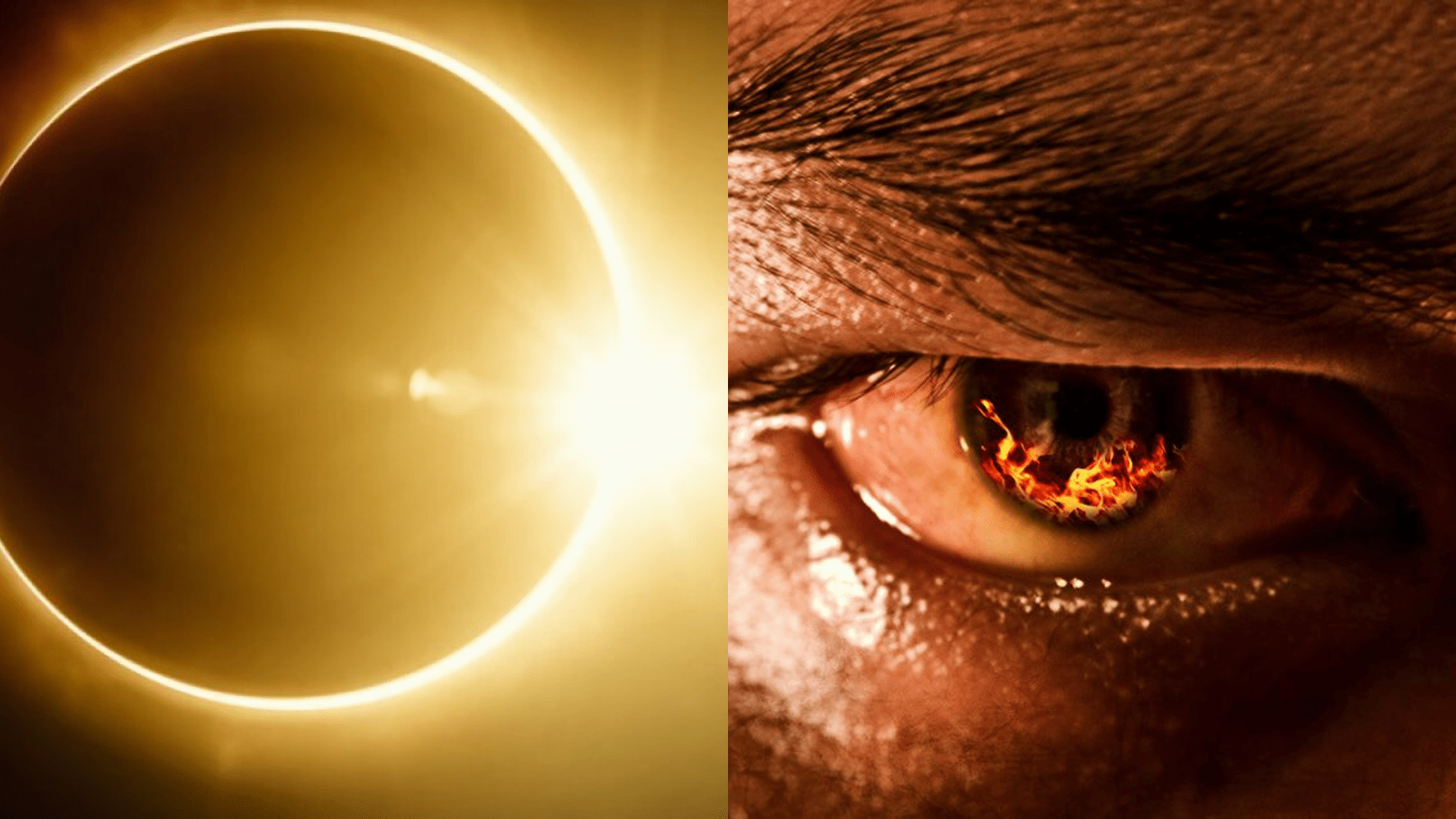Introduction
The sunrise phenomenon, where the sun graces the sky with its warm, reddish hues, has captivated humanity for centuries. As we gaze at the horizon during the early hours, we often wonder: Why does the sun appear reddish early in the morning? This article aims to unravel the scientific marvel behind this enchanting occurrence, exploring the intricate interplay of light, atmosphere, and human perception.
The Science Behind It
Atmospheric Scattering:
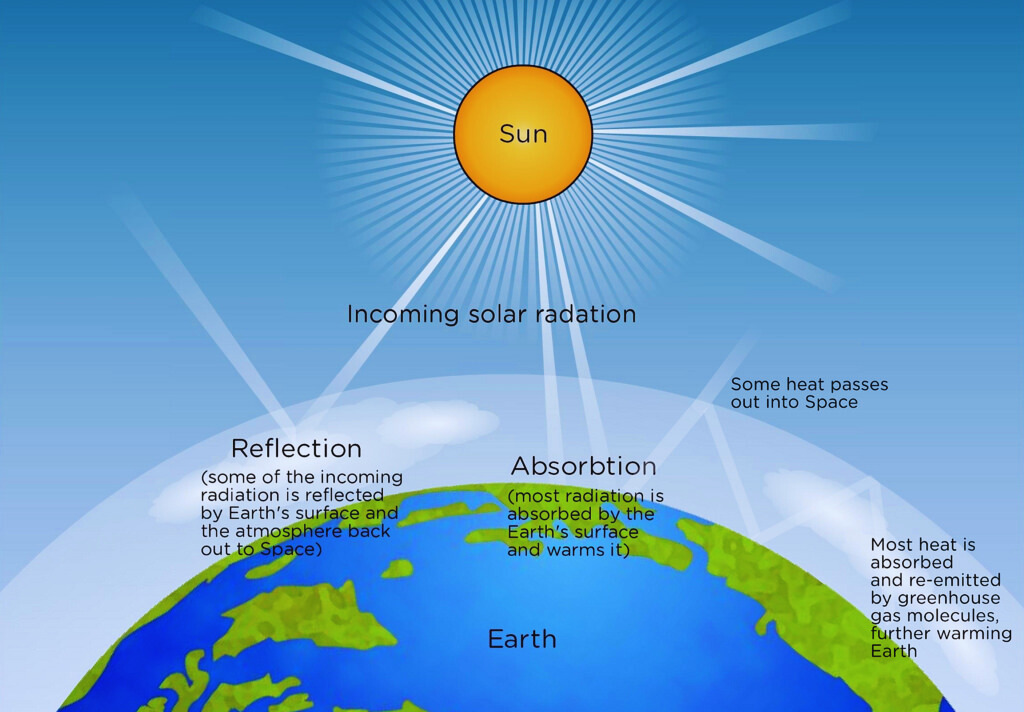
The sun’s morning glow can be attributed to atmospheric scattering. When sunlight travels through Earth’s atmosphere, it encounters molecules and small particles. These elements scatter light in various directions, with shorter wavelengths, such as blue and violet, dispersing more widely. In the morning, the sun’s light must traverse a greater thickness of the atmosphere, causing the shorter wavelengths to scatter away. The longer wavelengths, particularly red and orange, dominate the sky, creating the mesmerizing sunrise spectacle.
Role of Wavelengths in Color Perception:
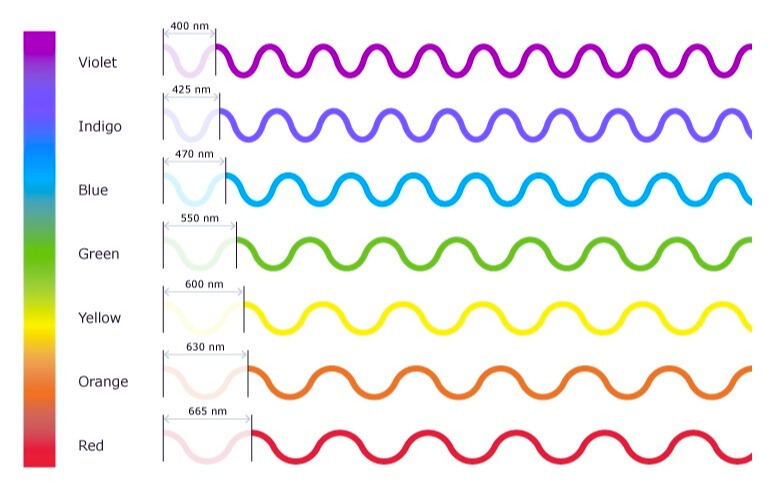
Our eyes perceive different colors based on the wavelengths of light. Red and orange hues have longer wavelengths, making them more prominent during sunrise. This phenomenon beautifully illustrates the physics of light and the fascinating way our eyes interpret these wavelengths.
Factors Influencing Sun’s Color
Earth’s Atmosphere Composition:
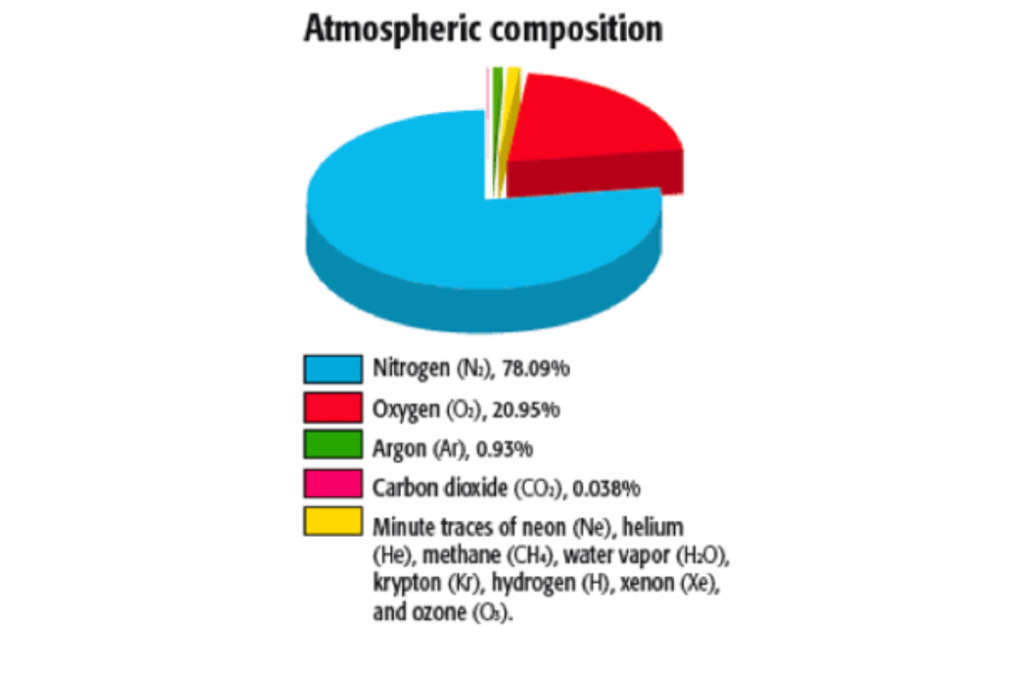
The composition of Earth’s atmosphere plays a pivotal role in sunrise colors. When the atmosphere contains various gases and particles, they scatter sunlight differently, affecting the colors we observe. Dust, pollutants, and natural elements contribute to the diverse palette of morning skies.
Sun’s Position and Angle of Light:
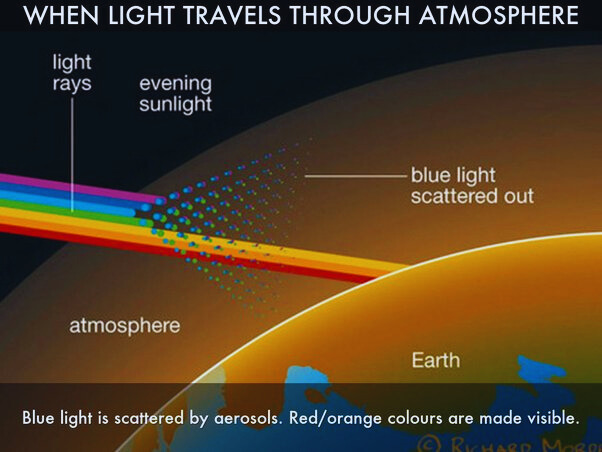
The sun’s position in the sky and the angle at which its light reaches Earth’s surface significantly impact sunrise colors. During the early morning hours, the sun’s light must travel through a thicker atmospheric layer, intensifying the scattering effect. The low angle of sunlight also enhances the reddish hues, casting a warm and calming glow across the landscape.
Sunrise vs Sunset
Comparison of Morning and Evening Sun Colors:

While both sunrise and sunset exhibit captivating colors, there are subtle differences between the two. Morning sunrises tend to have a crisp and refreshing quality, with clear air enhancing the vividness of red and orange hues. In contrast, evening sunsets often feature softer tones, creating a serene and peaceful atmosphere.
Reasons for Differences:
The variation in sunrise and sunset colors can be attributed to the daytime activities that affect the atmosphere. Morning air is usually cleaner and fresher after a night of rest, allowing sunlight to showcase its vibrant hues. As the day progresses, human activities and natural processes can introduce pollutants and haze, subtly altering the evening sunset colors.
Cultural Significance
Symbolism in Various Cultures:
Throughout history, sunrise has held profound symbolic meaning in diverse cultures. It symbolizes new beginnings, hope, and the promise of a fresh start. Many ancient civilizations, including the Egyptians and Greeks, revered the sun as a deity, associating sunrise with divine energy and vitality.
Religious Interpretations:
In various religious beliefs, the sunrise holds sacred significance. It marks the awakening of the world, signifying the transition from darkness to light. Sunrise rituals and prayers are common in religious practices, honoring the life-giving properties of the sun.
Photography and Art
Techniques to Capture Morning Sun’s Reddish Hues:
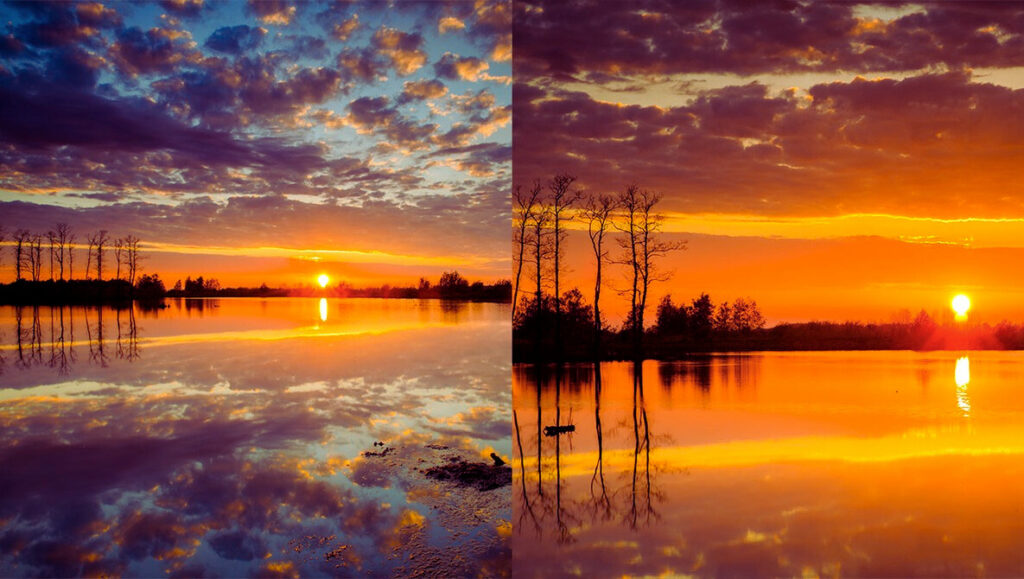
Photographers often seek the perfect moment to capture the breathtaking colors of sunrise. Utilizing specific camera settings, such as white balance adjustments and exposure control, photographers can enhance the richness of morning hues. Timing is crucial, as the fleeting moments of sunrise offer a unique canvas for artistic expression.
Famous Artworks Depicting Sunrise:
Artists across centuries have been inspired by the beauty of a sunrise. Masterpieces like Claude Monet’s “Impression, Sunrise” and J.M.W. Turner’s atmospheric paintings capture the essence of morning light. These artworks evoke a sense of wonder and appreciation for nature’s exquisite palette.
Weather and Sun’s Color
Influence of Weather Conditions:
Weather conditions significantly influence the intensity of sunrise colors. Clear skies allow sunlight to travel unobstructed, intensifying the hues. Clouds, on the other hand, can diffuse light, creating a softer and more diffused color palette. Meteorological phenomena, such as atmospheric instability, can amplify the red and orange tones, painting the sky with a vibrant canvas.
Impact of Pollution and Natural Elements:
Urban areas often experience heightened pollution levels, affecting sunrise colors. Airborne particles and pollutants scatter light differently, leading to muted hues and hazier skies. Natural elements like fog and mist, while obstructing visibility, can enhance the ethereal quality of sunrise, adding a touch of mystery to the spectacle.
Human Perception
Human Eye’s Sensitivity to Colors:
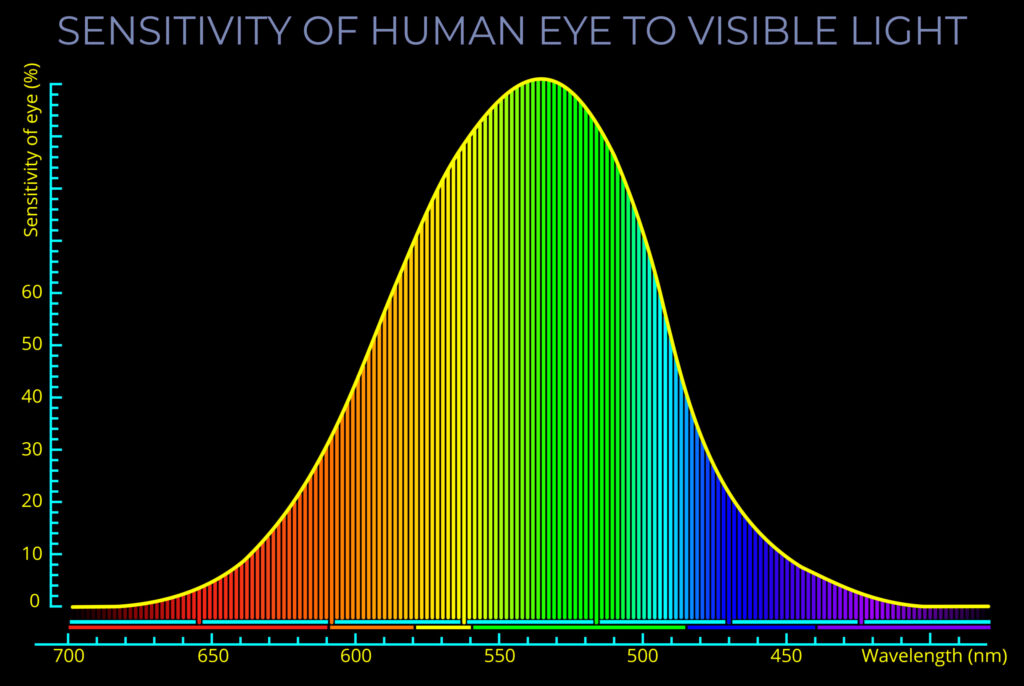
Our eyes are marvels of biological engineering, capable of discerning a wide array of colors. The receptors in our eyes, known as cones, are sensitive to different wavelengths of light. During sunrise, the prevalence of longer wavelengths, particularly red and orange, aligns with the sensitivity of our cones, creating a vivid and striking visual experience.
Psychological Impact of Sunrise Colors:

The warm, reddish hues of sunrise have a profound psychological impact on human emotions. Studies have shown that exposure to these colors can evoke feelings of tranquility, happiness, and optimism. The calming effect of sunrise colors is utilized in various therapies, promoting relaxation and well-being.
Conclusion
In the quiet moments of dawn, nature paints the sky with a symphony of colors, enchanting us with the mesmerizing phenomenon of why the sun appears reddish early in the morning. As we unravel the scientific intricacies, cultural symbolism, and psychological impact of sunrise colors, we gain a deeper appreciation for the wonders of our world. Let us continue to marvel at these celestial displays, embracing the optimism and hope that each sunrise brings.
Read also: How Are You Doing in Spanish: Mastering the Art of Conversation
FAQs
Why does the sun appear red in the morning but not in the afternoon?
The morning sun appears red due to atmospheric scattering, where shorter wavelengths scatter away, leaving longer wavelengths like red and orange dominant. In the afternoon, the sun is higher in the sky, and its light travels through a shorter atmospheric path, reducing the scattering effect and resulting in a clearer, less reddish appearance.
Can sunrise colors predict the day’s weather?
While specific weather patterns can influence sunrise colors, they are not reliable indicators of the day’s weather. Sunrise colors are affected by various factors, including pollutants and natural elements, making it challenging to predict weather solely based on morning hues.
Is there a specific time when the sun appears reddest?
The exact timing of the reddest moment during sunrise can vary based on geographical location and atmospheric conditions. Generally, the sun exhibits intense red hues shortly before fully rising above the horizon, creating a breathtaking visual display.




